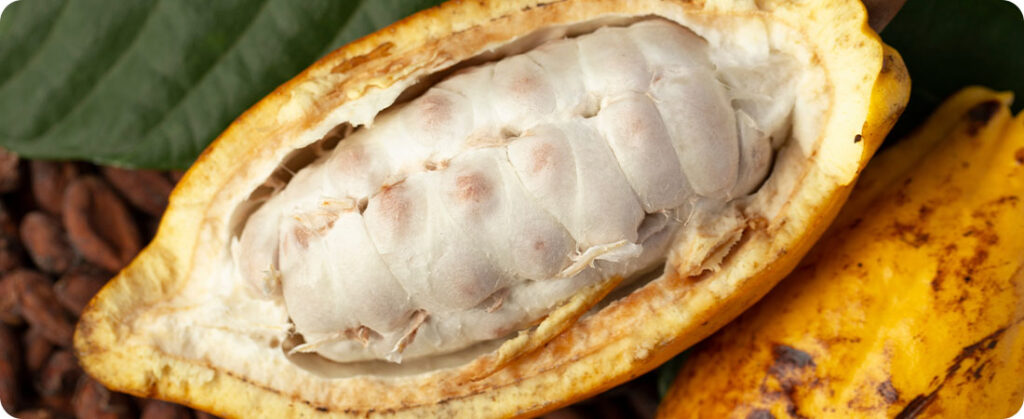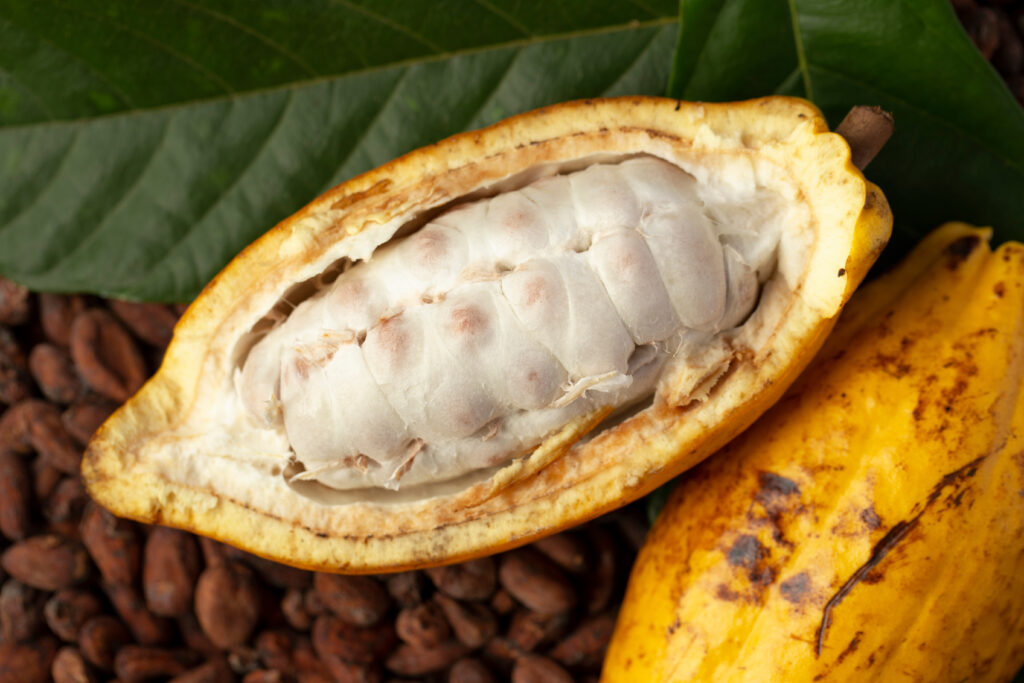
While the world worries about rising oil prices, one of the most neglected commodities in terms of value is providing its investors with a true “rollercoaster” of emotions.
Cocoa, essential in the production of chocolates, ice cream and bakery products, has registered a steady rise in the New York futures market over the last year. Furthermore, in Tuesday's US ICE Futures session, the contract for a ton of cocoa for December delivery reached its highest value in 12 years, reaching US$3,697.
US investors have returned 40% this year alone. Furthermore, an increase of 56% was recorded in 12 months. Similarly, in general, cocoa prices rise when demand increases before festivities. However, this also occurs in case of bad weather conditions in plantations.
The appreciation of cocoa over the last year, however, is due to the growing post-covid demand for chocolate products. That is, especially in China.
Challenges in the cocoa harvest affect the world's largest producers
The La Niña climate phenomenon, therefore, brought excess humidity and diseases to cocoa trees. Furthermore, the significant premium accumulated by this commodity could result in an increase in the price of the delicacies that we enjoy so much.
Starbucks, for its part, increased its menu prices by 5% over a 12-month period ending in December 2022.
According to Sterling Smith, director of Agricultural Research at Omaha, Nebraska-based AgriSompo North America, “We have a combination of factors at play. International demand for cocoa increased quickly and significantly. Many countries that have not traditionally been cocoa consumers are now becoming buyers, which is driving up prices. We have also faced problems with the harvest.”
He partly attributed the increase in demand to China's new preference for chocolate, however, despite the apparent slowdown in the world's second-largest economy.
“It can be said that we are witnessing a post-pandemic boom in chocolate consumption, and China is one of the main drivers of this phenomenon,” said Smith. “The Chinese didn’t consume much cocoa even in the early 2000s. Now, with their population, even a small percentage increase has a big impact on the demand for cocoa.”
Furthermore, even though the latest data on Chinese chocolate imports is not available, 2021 statistics provided by the OEC trade database show that the country imported US$518 million worth of chocolate products in 2021, making it the 15th largest importer of this type of merchandise.
Jake Scoville, chief crop analyst at Chicago-based Price Futures Group, revealed that the world's two largest cocoa producers, Ivory Coast and Ghana, both located in West Africa, are facing a severe shortage of cocoa beans. .
Source: Barani Krishnan | Notícias Agrícolas













